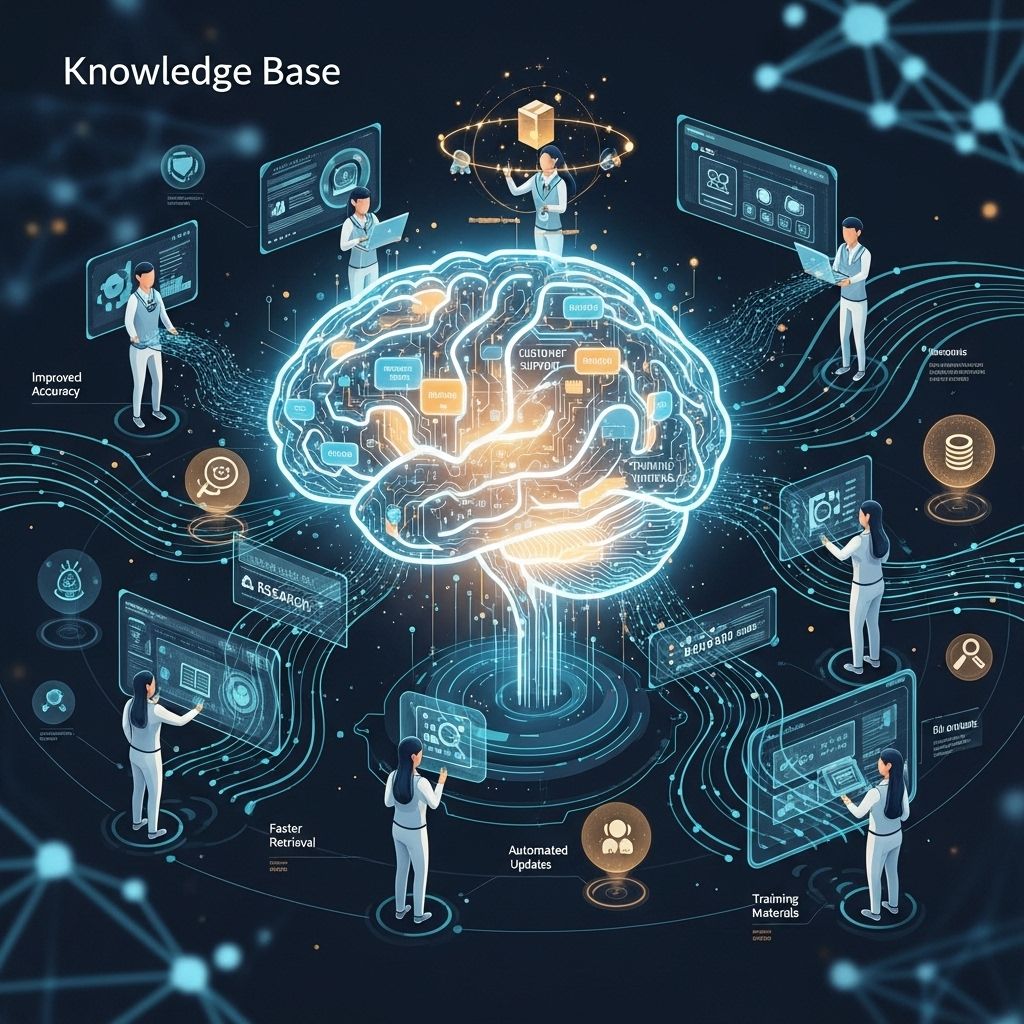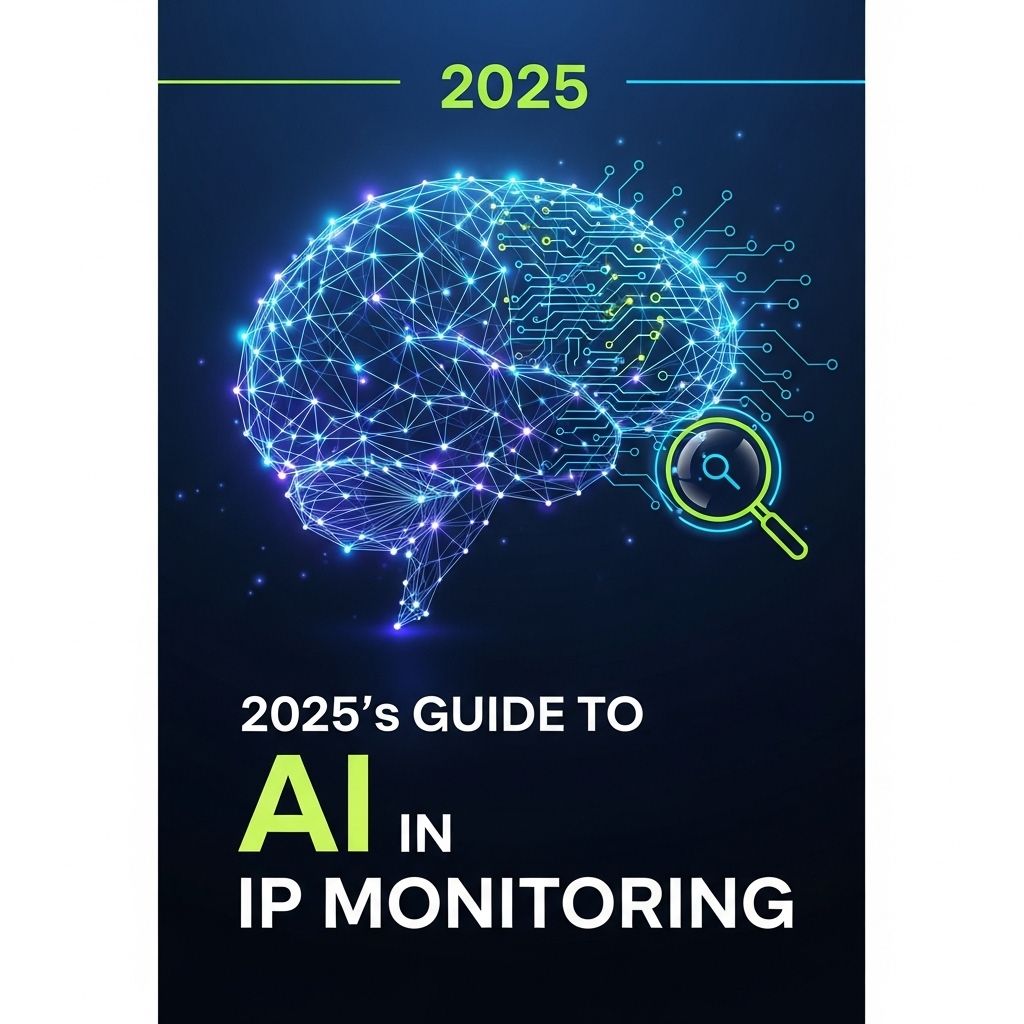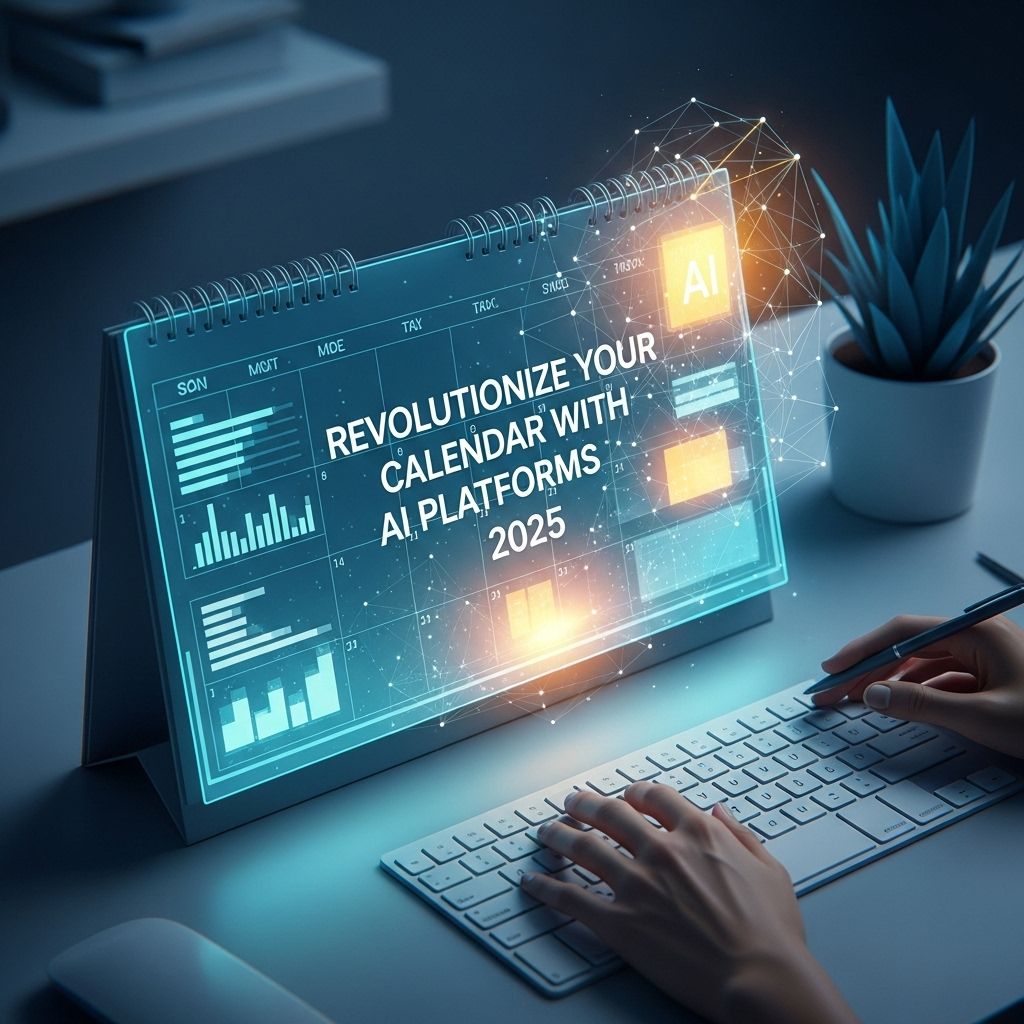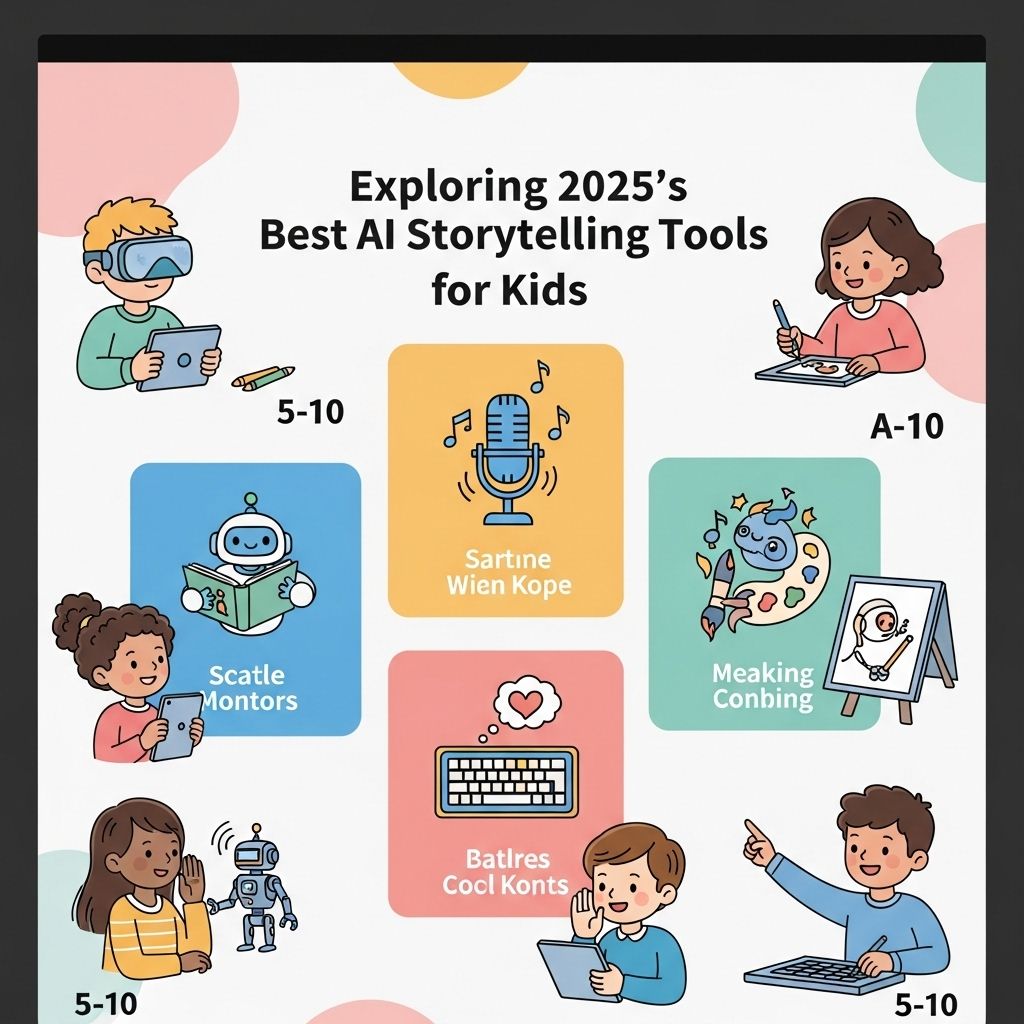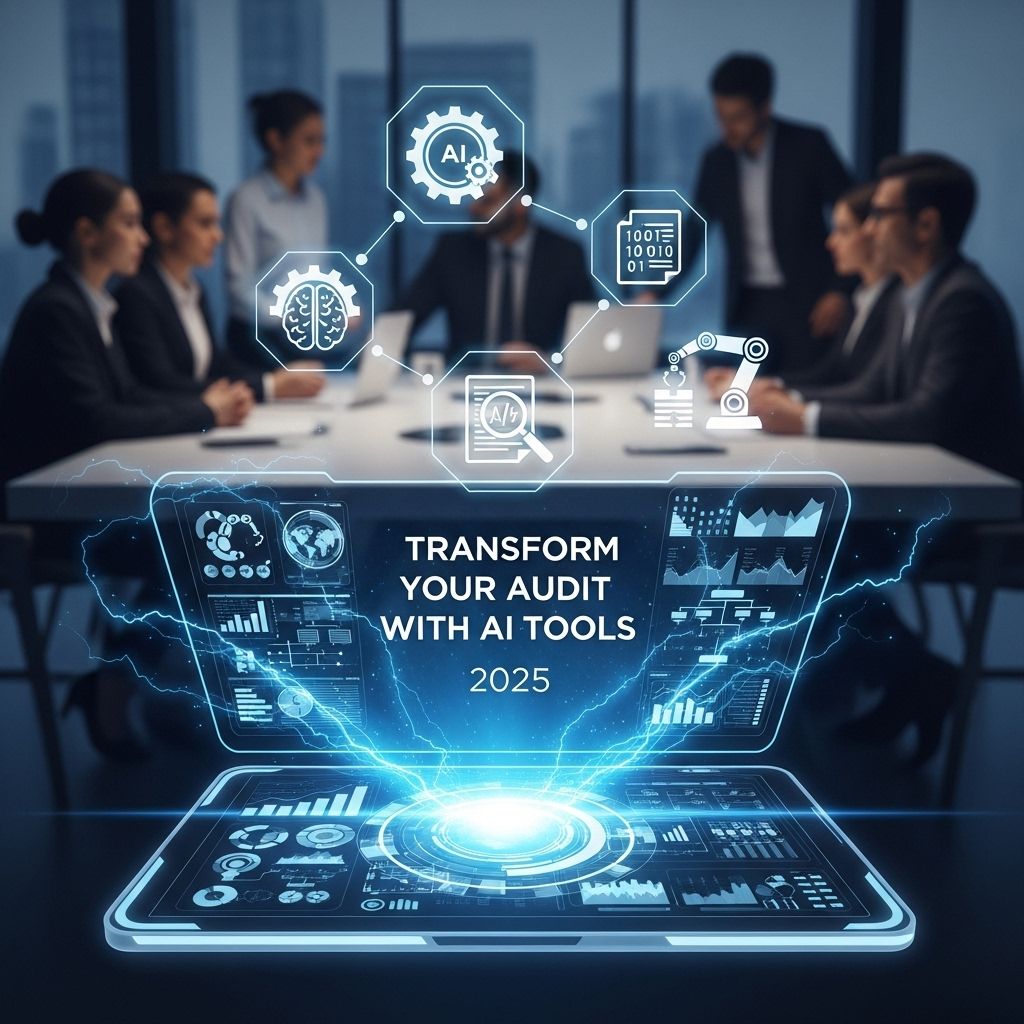Revitalize Your Legacy Apps for 2025 Success
Discover effective strategies to modernize and revitalize your legacy applications for enhanced performance and efficiency in 2025.

In the rapidly evolving tech landscape of 2025, many organizations find themselves at a crossroads with their legacy applications. These applications, often built on outdated technologies, may still serve crucial business functions but fall short in efficiency, scalability, and user satisfaction. As the demand for agility and innovative solutions increases, revitalizing legacy apps isn’t just an option; it’s a necessity. In this article, we’ll explore strategies, best practices, and technologies that can help breathe new life into these essential systems.
Table of Contents
Understanding Legacy Applications
Legacy applications are typically defined as software systems that are no longer supported or updated, but continue to be used within an organization. These applications often present significant challenges:
- High operational costs: Legacy systems may require specialized talent, leading to inflated maintenance expenses.
- Integration issues: Connecting legacy systems with modern applications and platforms can be a technical nightmare.
- Security vulnerabilities: Outdated software is often a prime target for cyberattacks due to unpatched vulnerabilities.
- Poor user experience: Many legacy applications lack modern interfaces, resulting in user frustration.
Assessing the State of Your Legacy Apps
Conducting a Thorough Audit
Before embarking on a revitalization journey, it’s essential to conduct a comprehensive audit of your legacy applications. This should include:
- Functionality Assessment: Evaluate the current capabilities and determine what is still relevant to the business.
- Performance Metrics: Analyze the application’s performance and identify bottlenecks.
- Cost Analysis: Understand the total cost of ownership, including maintenance and training.
- User Feedback: Gather insights from end-users about their experiences and frustrations.
Strategies for Revitalization
1. Modernization through Replatforming
Replatforming involves migrating applications to a modern infrastructure without changing the core functionality. This can include:
- Moving from on-premises data centers to cloud services.
- Upgrading databases to improve performance and scalability.
- Utilizing containerization technologies like Docker and Kubernetes for better resource management.
2. Refactoring Code
Refactoring allows you to improve the internal structure of an application without altering its external behavior. This might involve:
- Rewriting sections of code to enhance performance.
- Implementing design patterns and best practices.
- Optimizing for maintainability and readability.
3. Replacing with New Solutions
Sometimes, the best option is to replace a legacy application with a new, purpose-built solution. Considerations include:
- Identifying a cloud-native solution that meets current and future needs.
- Evaluating Software as a Service (SaaS) options for reduced overhead.
- Implementing agile methodologies to develop new solutions rapidly.
4. Incremental Upgrades
Rather than a complete overhaul, consider implementing incremental upgrades. This can involve:
- Introducing new features gradually to enhance the user experience.
- Using microservices to decouple functionality and improve scalability.
- Regularly updating software components to ensure security compliance.
Technologies to Consider
Cloud Computing
Cloud technologies can provide a flexible and scalable foundation for legacy app revitalization. Benefits include:
- Scalability: On-demand resources can be provisioned for peak loads.
- Cost Efficiency: Pay-as-you-go models can reduce operational expenses.
- Accessibility: Cloud solutions often support remote access, enhancing collaboration.
Artificial Intelligence and Machine Learning
Integrating AI and ML can transform legacy applications by:
- Providing insights through advanced data analytics.
- Automating repetitive tasks, freeing up user time.
- Enhancing customer interactions through personalized experiences.
APIs and Integration Platforms
Utilizing APIs can foster better integration with modern systems. Consider the following:
- Creating RESTful APIs to communicate between legacy and new systems.
- Using middleware and integration platforms like MuleSoft or Apache Camel.
- Implementing API gateways for better security and management.
Measuring Success Post-Revitalization
Once the revitalization strategies have been implemented, it’s crucial to measure their success. Key performance indicators (KPIs) to consider include:
- User Satisfaction: Surveys and feedback can gauge user experience improvements.
- Performance Metrics: Monitoring application speed and reliability post-implementation.
- Cost Reduction: Analyzing the impact on overall operational expenses.
Conclusion
Revitalizing legacy applications in 2025 is not merely about keeping the lights on; it’s about transforming these systems into agile, efficient, and modern solutions that drive business value. By assessing the current state, adopting appropriate strategies, leveraging new technologies, and measuring success, organizations can ensure that their legacy applications continue to support their goals in an increasingly competitive landscape. As the digital transformation journey continues, the importance of legacy app revitalization cannot be overstated; it’s a vital step toward future-proofing your tech stack.
FAQ
What are legacy applications?
Legacy applications are outdated software systems that are still in use, often due to their critical role in business operations.
Why should I revitalize my legacy apps in 2025?
Revitalizing legacy apps in 2025 can improve performance, enhance security, and ensure compatibility with modern technologies and business needs.
What are the benefits of modernizing legacy applications?
Modernizing legacy applications can lead to improved user experience, increased efficiency, reduced maintenance costs, and better integration with new systems.
What strategies can I use to revitalize legacy applications?
Strategies to revitalize legacy applications include refactoring code, migrating to cloud services, or adopting an API-first approach.
How do I assess the need for legacy app revitalization?
Assess the need for revitalization by evaluating performance metrics, security vulnerabilities, user feedback, and alignment with current business goals.
What challenges might I face when revitalizing legacy apps?
Challenges may include data migration issues, resistance to change from users, and potential downtime during the transition process.

